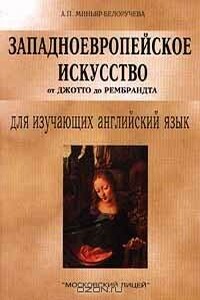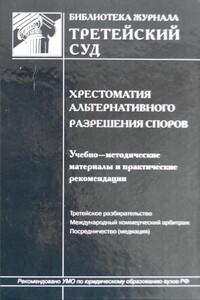Западноевропейское искусство от Джотто до Рембрандта. Для изучающих английский язык | страница 19
The Madonna and Saint Anna was designed in Florence in 1501 and completed many years later in Milan. It represents a revolutionary rethinking of the conventional theme of the Holy Family. Leonardo intertwined the figures to form a pyramidal composition. Leonardo makes the Virgin sit on her mother's lap and merges their bodies in such a way that their heads are like twin heads rising from a single trunk. S. Anna's head mirrors her daughter's image. The Virgin, as in traditional representations of this subject, is shown reaching for the Christ Child, who in his turn attempts to ride upon a lamb, the symbol of his sacrificial death. The background is one of the most impressive mountain pictures ever painted. Valleys, rocks and peaks diminish progressively into the bluish haze of the distance until they can no longer be distinguished.
Leonardo's power as an artist and thinker is evident in the Last Supper and the Mona Lisa, his two most famous works. Leonardo's Last Supper was painted on the end wall of the refectory of the Monastery of Santa Maria delle Grazie in Milan in 1495. In the fresco Christ discloses to his followers that soon one of their number will betray him and their cause. The composition is the product of the moment of action and meaning. The Apostles are presented in four groups of three each. Each of these numbers has many meanings: the multiplication of the Gospels by the Trinity is only one, and twelve itself is not merely the number of the Apostles but of the months of the year and the hours of the day and of the night. The numerical division helps to throw the fundamental character of each of the Apostles into full relief, from the innocence of John on Christ's right to the horror of James on his left and to the protestation of Philip, who placed his hand on his breast. Only Judas knows, and the light does not shine upon his face. The Last Supper is a humanistic interpretation of the narrative. Leonardo has painted a higher reality, thus making a complete break with the Early Renaissance and establishing the ideal world in which Michelangelo and Raphael later operated. Leonardo painted his masterpiece in an oil-and-tempera emulsion on the dry plaster, and it began rapidly to peel off. As a result the surface is severely damaged.
Although Leonardo's paintings are badly preserved, they are all fascinating. Leonardo created an enigma to which he gives no answer.




